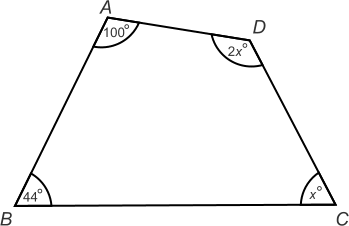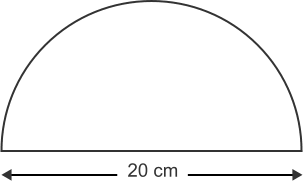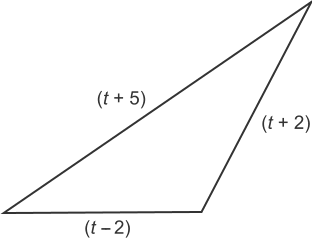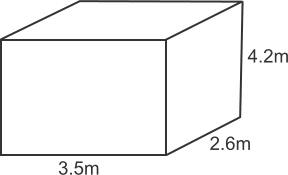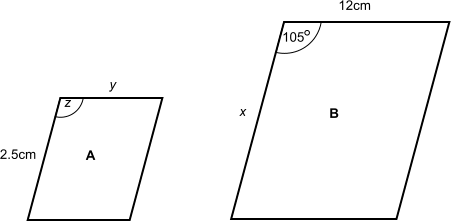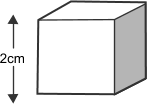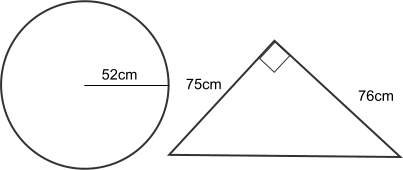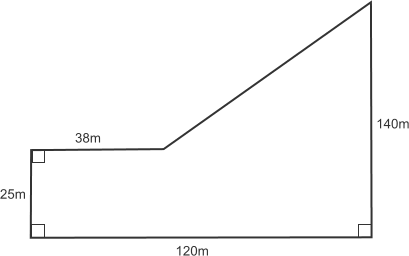This page, and all sections of the National Curriculum Resource Tool, will be removed in summer 2024. Find out more
- National Curriculum Tool
- KS3 - Geometry and Measures
KS3 - Geometry and Measures
New Curriculum
Pupils should be taught to:
- derive and apply formulae to calculate and solve problems involving: perimeter and area of triangles, parallelograms, trapezia, volume of cuboids (including cubes) and other prisms (including cylinders)
- calculate and solve problems involving: perimeters of 2-D shapes (including circles), areas of circles and composite shapes
- draw and measure line segments and angles in geometric figures, including interpreting scale drawings
- derive and use the standard ruler and compass constructions (perpendicular bisector of a line segment, constructing a perpendicular to a given line from/at a given point, bisecting a given angle); recognise and use the perpendicular distance from a point to a line as the shortest distance to the line
- describe, sketch and draw using conventional terms and notations: points, lines, parallel lines, perpendicular lines, right angles, regular polygons, and other polygons that are reflectively and rotationally symmetric
- use the standard conventions for labelling the sides and angles of triangle ABC, and know and use the criteria for congruence of triangles
- derive and illustrate properties of triangles, quadrilaterals, circles, and other plane figures [for example, equal lengths and angles] using appropriate language and technologies
- identify properties of, and describe the results of, translations, rotations and reflections applied to given figures
- identify and construct congruent triangles, and construct similar shapes by enlargement, with and without coordinate grids
- apply the properties of angles at a point, angles at a point on a straight line, vertically opposite angles
- understand and use the relationship between parallel lines and alternate and corresponding angles
- derive and use the sum of angles in a triangle and use it to deduce the angle sum in any polygon, and to derive properties of regular polygons
- apply angle facts, triangle congruence, similarity and properties of quadrilaterals to derive results about angles and sides, including Pythagoras’ Theorem, and use known results to obtain simple proofs
- use Pythagoras’ Theorem and trigonometric ratios in similar triangles to solve problems involving right-angled triangles
- use the properties of faces, surfaces, edges and vertices of cubes, cuboids, prisms, cylinders, pyramids, cones and spheres to solve problems in 3-D
- interpret mathematical relationships both algebraically and geometrically
